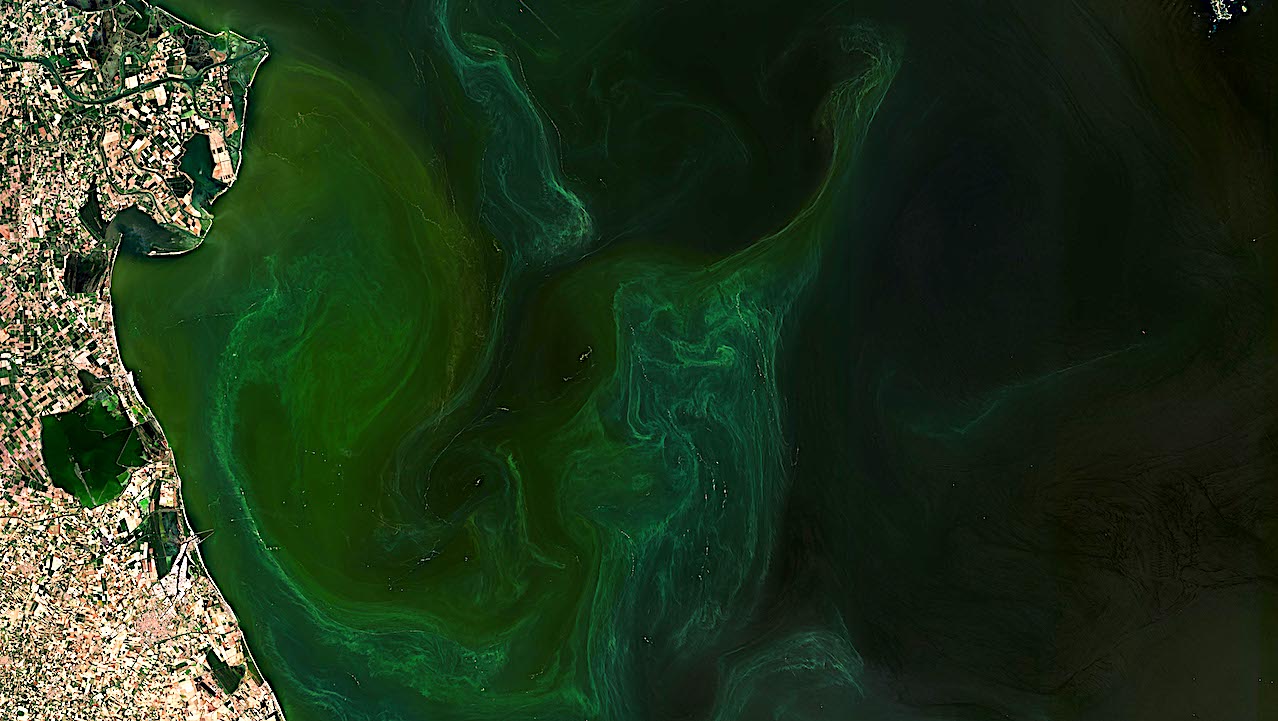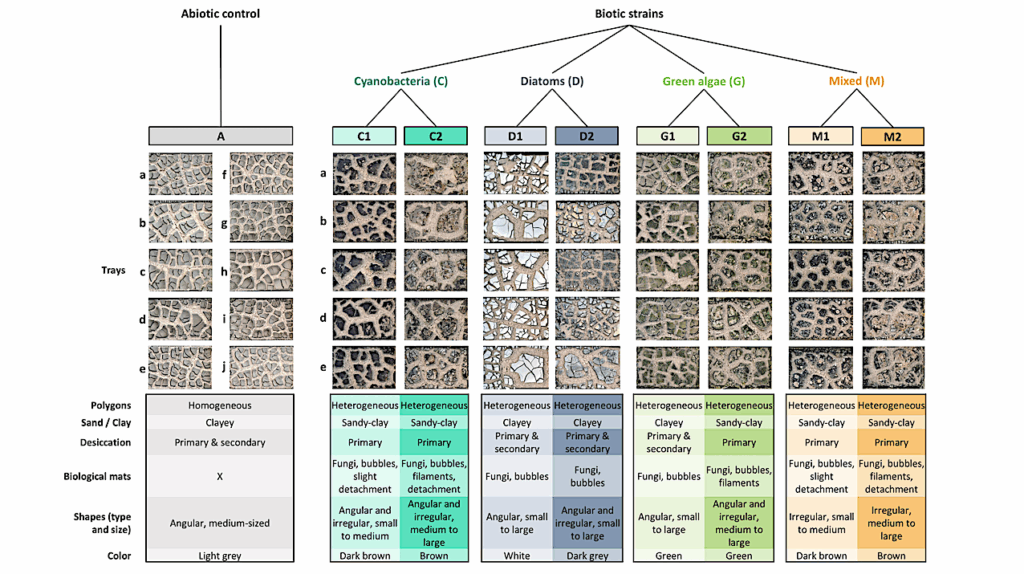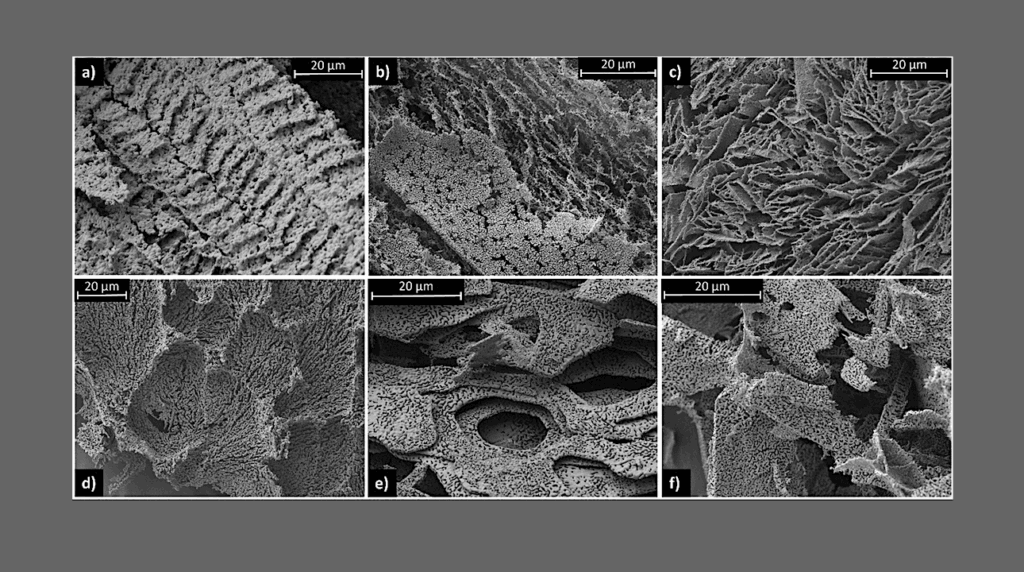Orbital Biosignature Survey: Adriatic Bloom

Zoom in to explore this image at its full 10 m resolution or click on the circles to learn more.
An algal bloom describes the rapid growth of phytoplankton – microscopic marine plants that drift on or near the sea surface. The chlorophyll that phytoplankton use for photosynthesis collectively tints the surrounding waters, providing a means of detecting these tiny organisms from space with certain satellite sensors.
With its 13 spectral channels, Copernicus Sentinel-2’s imager can be used to detect the extent and evolution of these blooms. In this image from 12 August 2024, the emerald-green streaks, eddies and whirls of the bloom, mixed by winds and currents, are clearly visible and cover an area of around 9000 sq km.
Algal blooms are a natural and essential part of ocean life. Warm weather, with surface water temperatures reaching 29°C, and calm seas in July and August 2024 led to an increase in mucilage in the Adriatic Sea.
Here, white threads of mucilage can be spotted across the bloom. Currents and winds contributed to concentrating the mucilage into visible patches along the coast, interfering with fishing activities and making the waters less attractive for swimmers.
Satellite data like those from Sentinel-2 can be used to track the growth and spread of blooms and can help local authorities to implement timely strategies to reduce the impact on tourism and fishing.
Astrobiology








